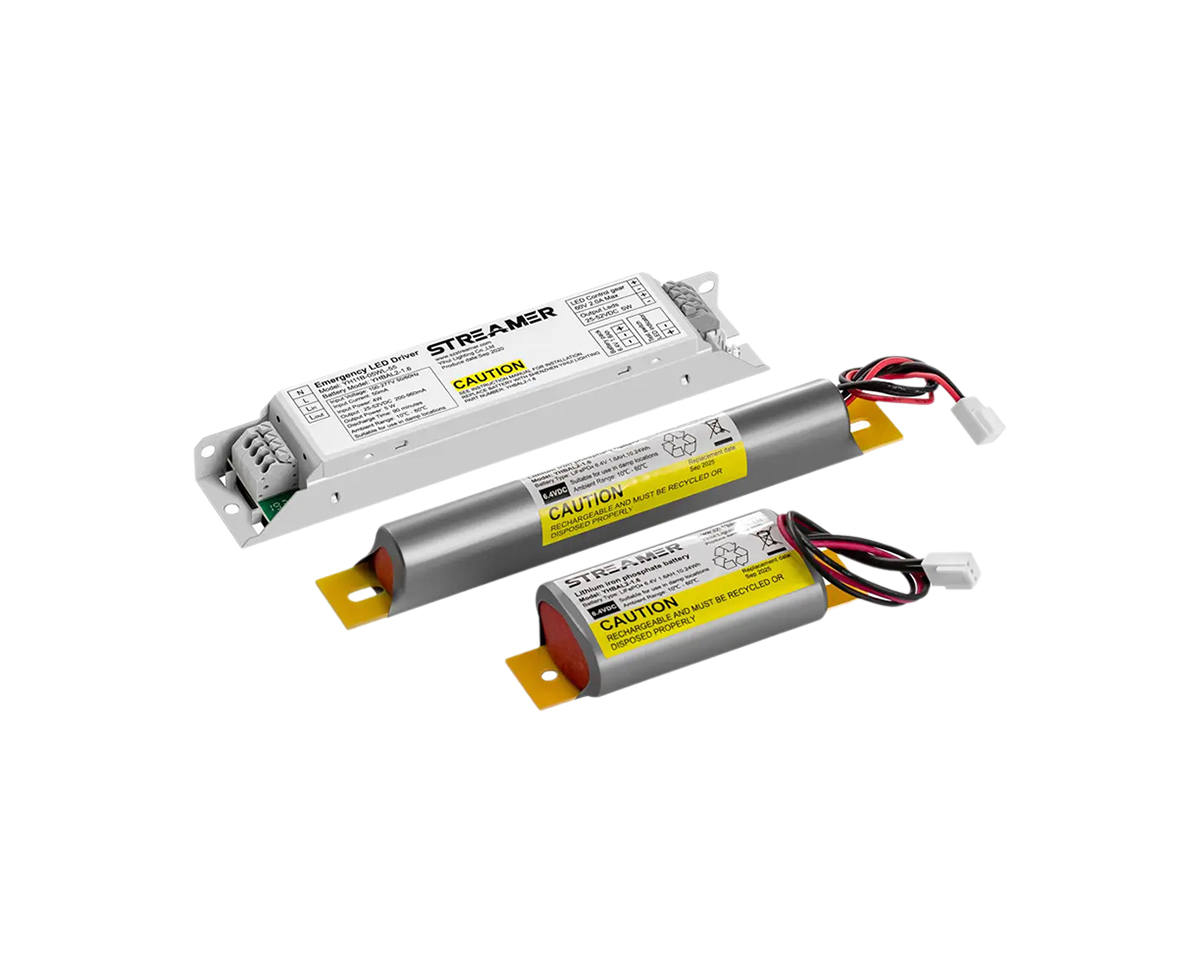 1
1
 Apr 04, 2025
Apr 04, 2025

Electrostatic charges can pose a significant threat to the functionality and lifespan of electronic devices, and LED emergency drivers are no exception. In general, LED emergency drivers do not inherently generate electrostatic charges. However, they are vulnerable to external electrostatic discharges (ESD) due to their complex electronic circuits and sensitive components.
LED emergency drivers are composed of various electronic components such as integrated circuits, capacitors, and resistors. These components can accumulate static electricity when in contact with materials that generate friction, like certain plastics or fabrics during handling or installation. Once accumulated, an ESD event can occur when the charged driver comes into contact with a grounded object or another component with a different electrical potential. This sudden discharge of electricity can produce a high - voltage spike, which may damage the internal components of the driver. For example, a strong ESD can cause gate oxide breakdown in integrated circuits, leading to permanent failure of the driver.
To mitigate the risk of electrostatic damage, manufacturers often implement several protective measures. Many LED emergency drivers are designed with ESD - protected packaging materials. These materials are typically made of anti - static plastics or conductive foams that can safely dissipate any static charges. Inside the driver, ESD - suppression components such as transient voltage suppressors (TVS) are installed. TVS diodes can quickly divert the high - voltage spikes caused by ESD events, protecting the more sensitive parts of the circuit. Additionally, proper handling procedures are recommended during installation and maintenance. Workers are advised to wear anti - static wrist straps and work on anti - static workbenches to prevent the buildup of static charges on their bodies and the surrounding environment.
In summary, while LED emergency drivers do not generate electrostatic charges on their own, they are at risk from external ESD. Through a combination of design features and proper handling practices, the impact of electrostatic charges on these drivers can be effectively managed.